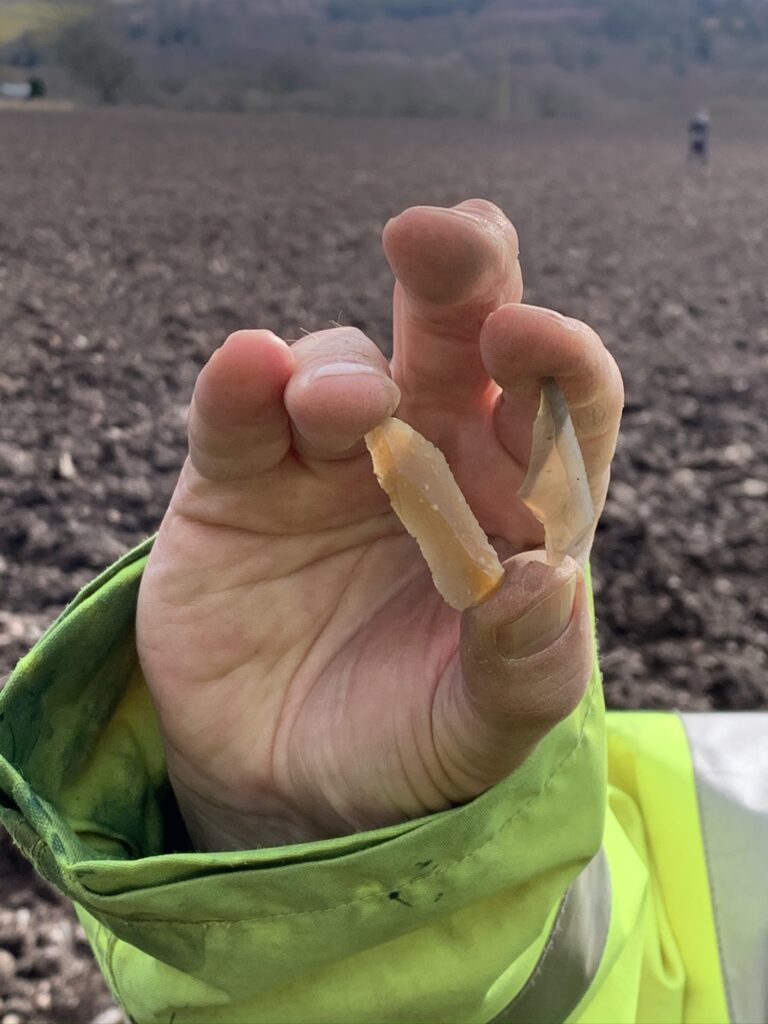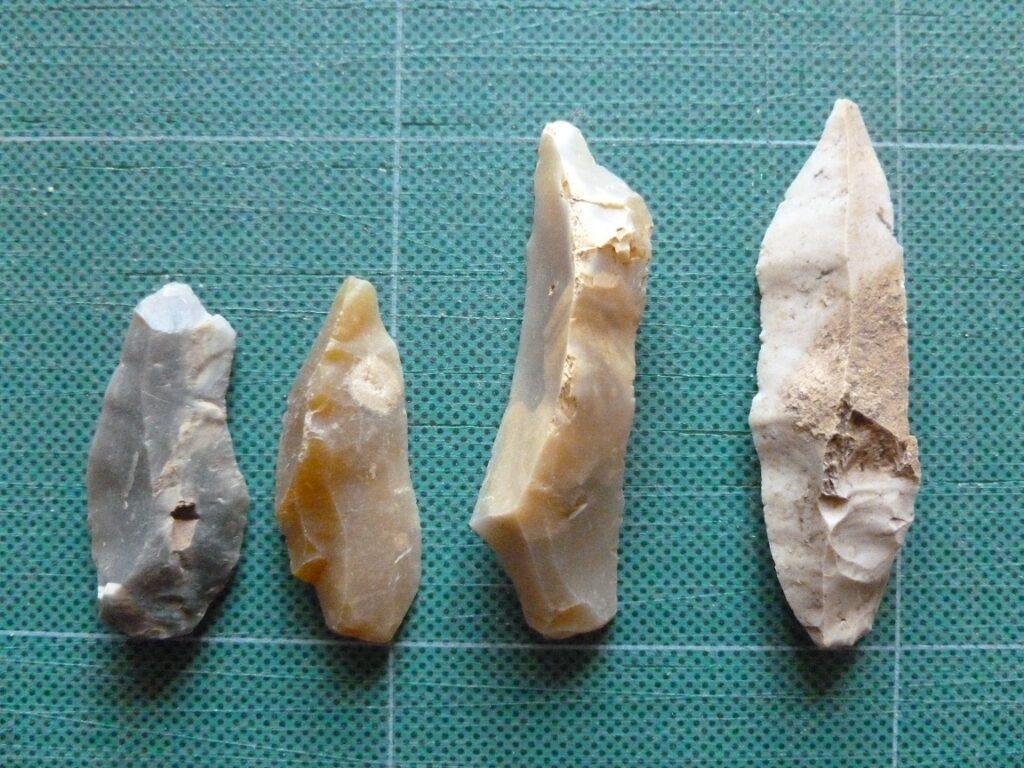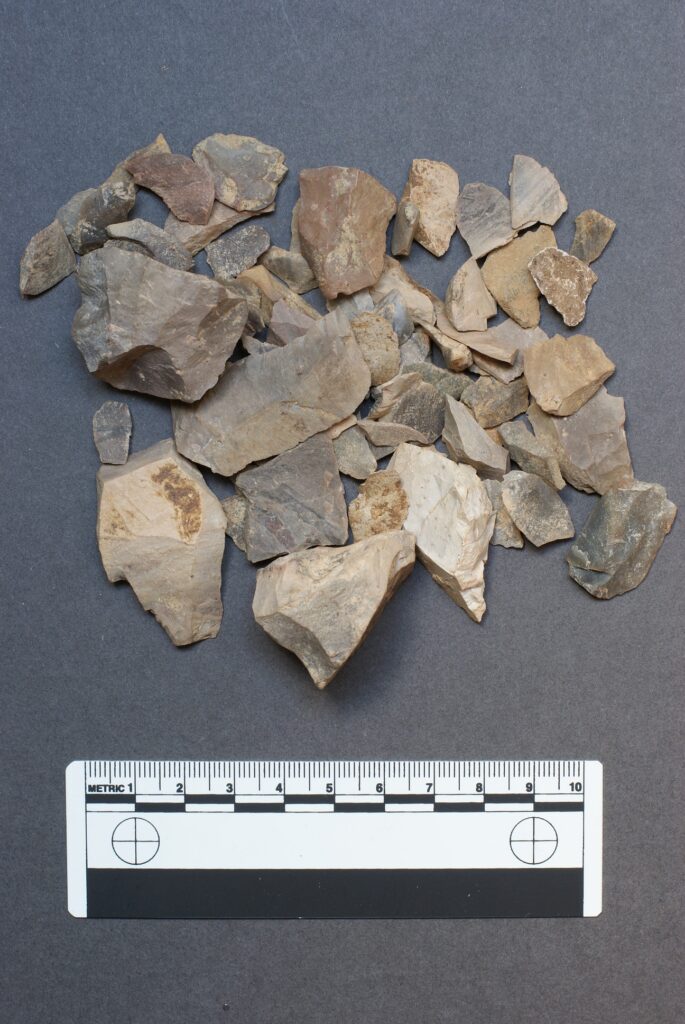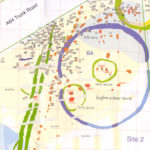
This handbook was created for Mesolithic Deeside to help the members identify and record the stone tools collected during their fieldwalking in Aberdeenshire.
It looks at the whys and hows of recognising worked flint before providing the details of what to record.
It is illustrated throughout and available to download for free from the British Archaeological Jobs and Resources website:
http://www.bajr.org/BAJRGuides/Lithics_handbook_2022.pdf




